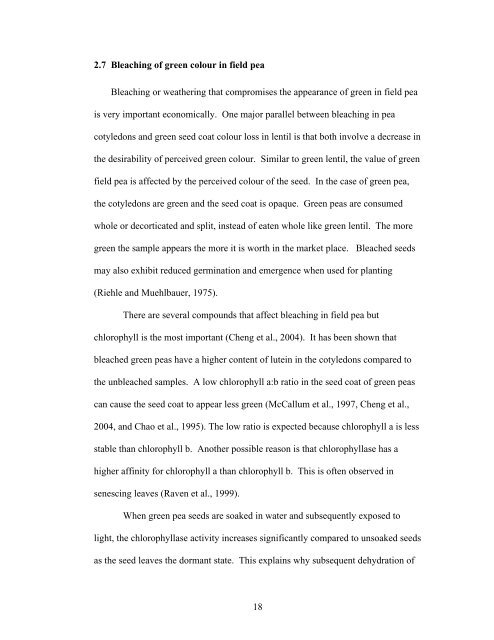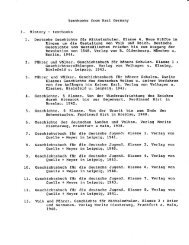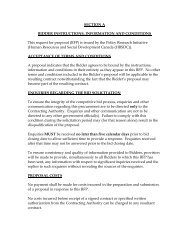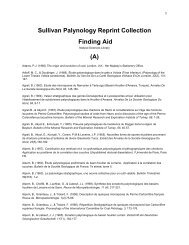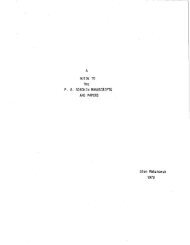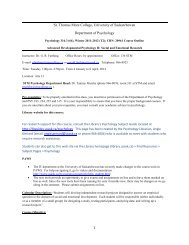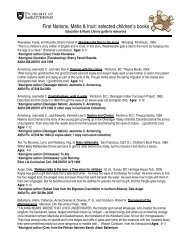GREEN SEED COAT COLOUR RETENTION IN LENTIL - University ...
GREEN SEED COAT COLOUR RETENTION IN LENTIL - University ...
GREEN SEED COAT COLOUR RETENTION IN LENTIL - University ...
Create successful ePaper yourself
Turn your PDF publications into a flip-book with our unique Google optimized e-Paper software.
2.7 Bleaching of green colour in field pea<br />
Bleaching or weathering that compromises the appearance of green in field pea<br />
is very important economically. One major parallel between bleaching in pea<br />
cotyledons and green seed coat colour loss in lentil is that both involve a decrease in<br />
the desirability of perceived green colour. Similar to green lentil, the value of green<br />
field pea is affected by the perceived colour of the seed. In the case of green pea,<br />
the cotyledons are green and the seed coat is opaque. Green peas are consumed<br />
whole or decorticated and split, instead of eaten whole like green lentil. The more<br />
green the sample appears the more it is worth in the market place. Bleached seeds<br />
may also exhibit reduced germination and emergence when used for planting<br />
(Riehle and Muehlbauer, 1975).<br />
There are several compounds that affect bleaching in field pea but<br />
chlorophyll is the most important (Cheng et al., 2004). It has been shown that<br />
bleached green peas have a higher content of lutein in the cotyledons compared to<br />
the unbleached samples. A low chlorophyll a:b ratio in the seed coat of green peas<br />
can cause the seed coat to appear less green (McCallum et al., 1997, Cheng et al.,<br />
2004, and Chao et al., 1995). The low ratio is expected because chlorophyll a is less<br />
stable than chlorophyll b. Another possible reason is that chlorophyllase has a<br />
higher affinity for chlorophyll a than chlorophyll b. This is often observed in<br />
senescing leaves (Raven et al., 1999).<br />
When green pea seeds are soaked in water and subsequently exposed to<br />
light, the chlorophyllase activity increases significantly compared to unsoaked seeds<br />
as the seed leaves the dormant state. This explains why subsequent dehydration of<br />
18


